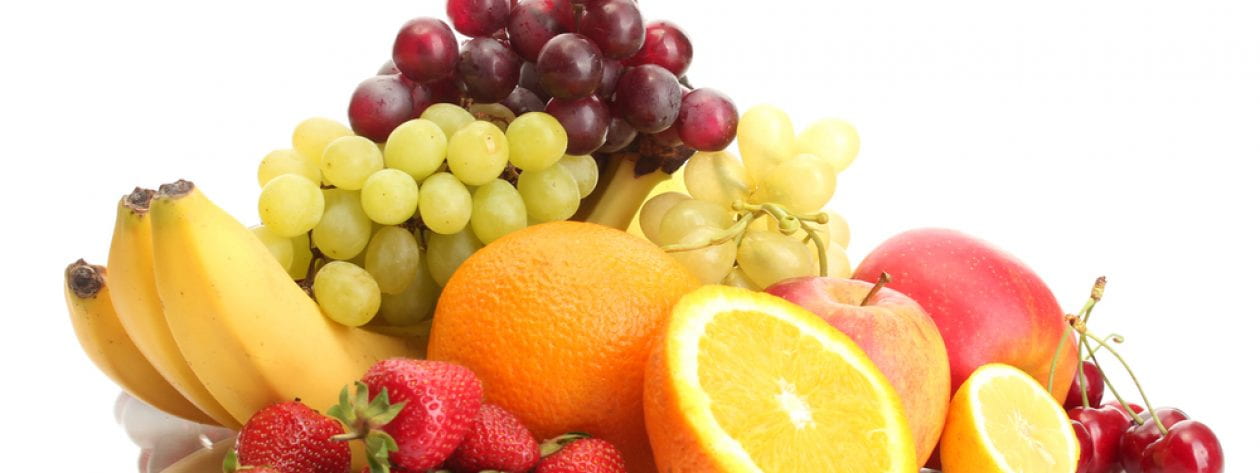 Whether you are new to Penn State or have been dining on campus for over a year, you may be in need of some fresh new meal ideas. Eating a burger for dinner more than three days a week can start to get old. Also, for freshman and upper classmen alike, finding your way around a new dining facility is overwhelming. It is easy to get stuck in a routine where breakfast, lunch and dinner start to look the same on a day-to-day basis. As college students, you are most likely dealing with a busy schedule where meal time needs to be quick and satisfying. Long lines and fancy-worded menu items may deter you from venturing to a new station or trying a different dish. However, there are many resources available to open up a world of new options and plate ideas.
Whether you are new to Penn State or have been dining on campus for over a year, you may be in need of some fresh new meal ideas. Eating a burger for dinner more than three days a week can start to get old. Also, for freshman and upper classmen alike, finding your way around a new dining facility is overwhelming. It is easy to get stuck in a routine where breakfast, lunch and dinner start to look the same on a day-to-day basis. As college students, you are most likely dealing with a busy schedule where meal time needs to be quick and satisfying. Long lines and fancy-worded menu items may deter you from venturing to a new station or trying a different dish. However, there are many resources available to open up a world of new options and plate ideas.
One of the most significant benefits from choosing to mix and match your dining experience is broadening the nutrients you receive on a daily basis. All Penn State Campus Dining locations have a variety of stations featuring daily entrees and different themed menus. As a new or returning student, you have so many healthy options at your fingertips!

Challenge number one: what makes a plate healthy? By varying your plates and following the recommended portion sizes, you can achieve the daily target goals for fruits, vegetables, grains, protein and dairy. Luckily, Penn State Campus Dining locations help us out with this step by serving a variety of dishes and providing serving utensils which can help you achieve these suggested portions. You may be familiar with MyPlate, which has a wonderful guide for making a complete well-balanced meal. Below are the recommended daily servings for college-aged individuals:
Daily Servings to Balance your Plate (ages 19-30):
- Fruit: 2 cups (1 serving is about the size of a clenched fist)
- Vegetables: 3 cups (1 serving equals roughly whatever would fit in your hands if you cupped them together)
- Grains: Girls: 6 oz. Guys: 8 oz. (1 serving is about the size your fist)
- Protein: Girls: 5 ½ oz. Guys: 6 ½ oz. (1 serving is the size of the palm of your hand)
- Dairy: 3 cups (1 serving equals 1 cup of milk, or about the size of your fist)
Challenge number two: building your own plate. As you enter each dining location, it may help you to picture the MyPlate image: where can you find fruit? At the salad station? Or is there hand fruit you can grab on the go? Salad greens are a magnificent foundation for adding grains, protein, fruit, veggies and dairy. If this seems overwhelming, or if salads aren’t for you, here are some other plate ideas we have created from common menu items:
- Breakfast: Blueberry Pancakes topped with fruit and yogurt, egg whites
- Lunch: Fresh Fish, Potato Medley with cottage cheese, carrots, whole grain bread, fruit
- Dinner: Fettuccini mixed with Milano sauce and Zucchini & Squash with sun dried tomatoes topped with grilled chicken, fruit
By mixing and matching your plate you will find that there are countless options to spice up your daily routine. When trying this out on your own, there are a few more tips you can follow to tackle your own healthy plate. First and foremost, you may need to explore the menu online to figure out where you can find each food group. Planning ahead can save you time and stress. Once you become more familiar with all that Penn State Campus Dining has to offer, you will master the art of building a healthy plate. Remember that the Penn State Campus Dining online menu and mobile app provide a full nutrition facts label for each dish served.
Taking the time to venture and explore your options now will empower you to make healthy habits for the rest of your life. Be creative and mix and match!
Resources:
ChooseMyPlate.gov. United States Department of Agriculture, n.d. Web. <http://choosemyplate.gov>.
Photos adapted from: blair_25, MyPlate
